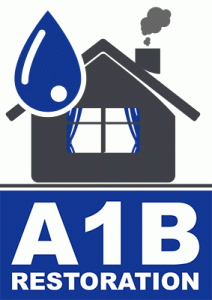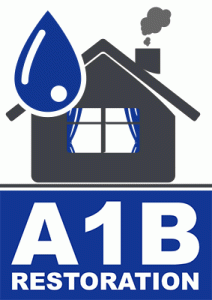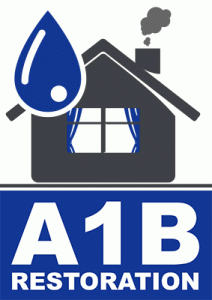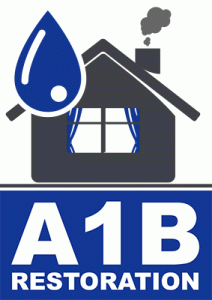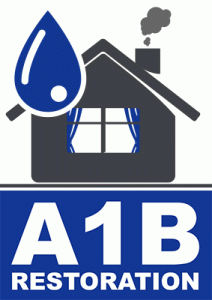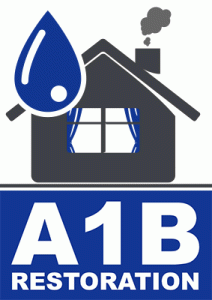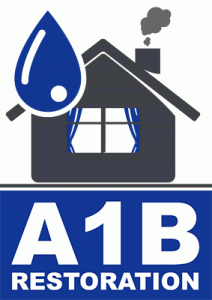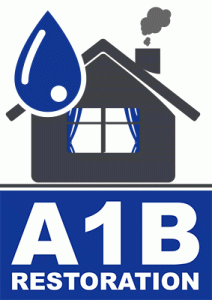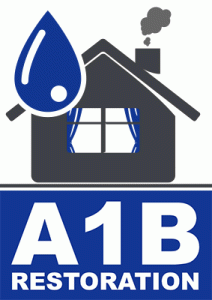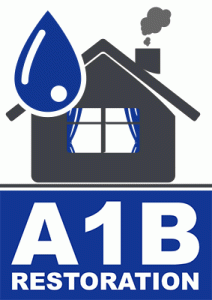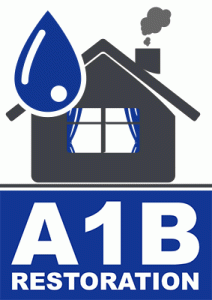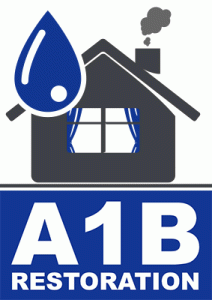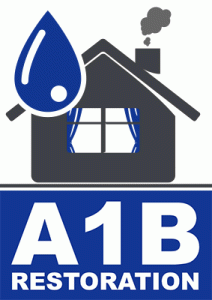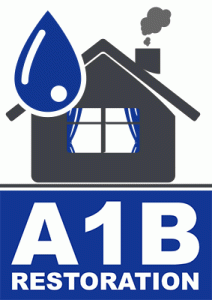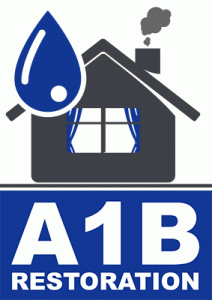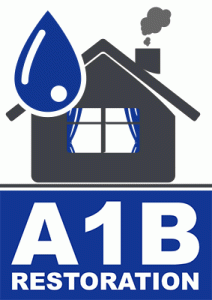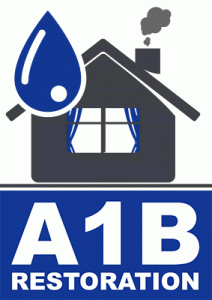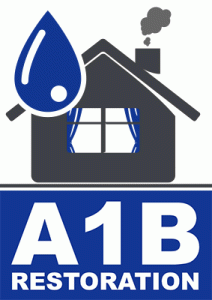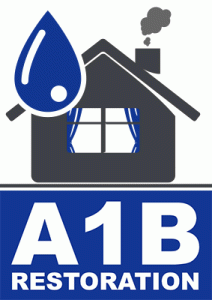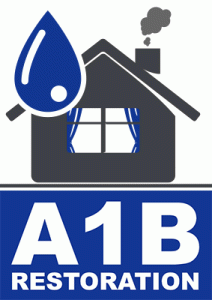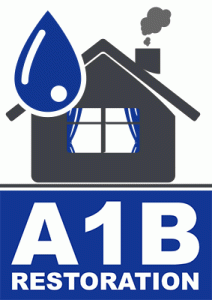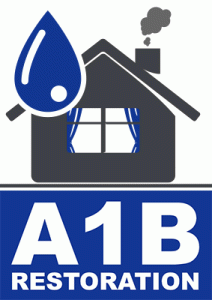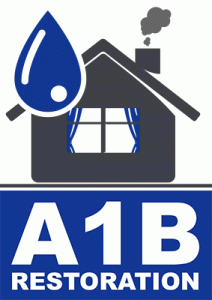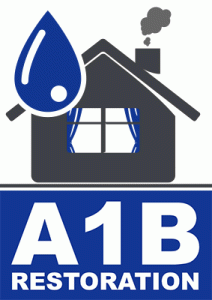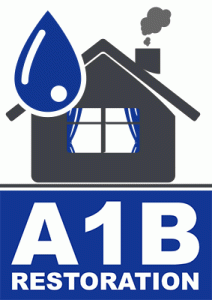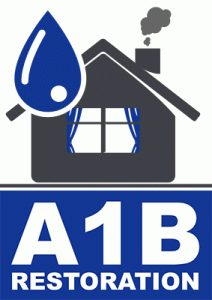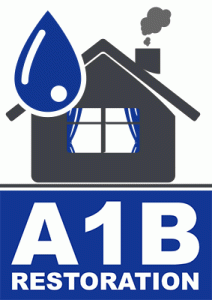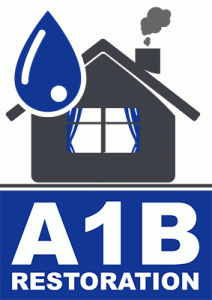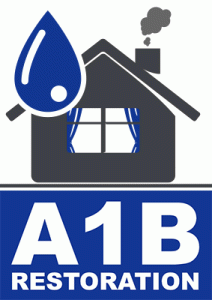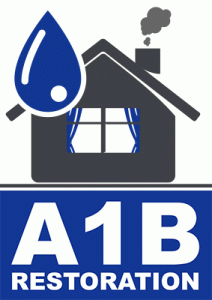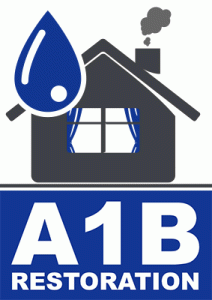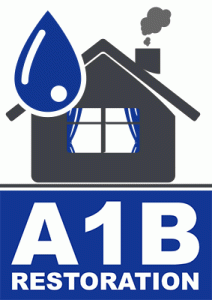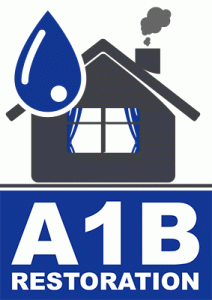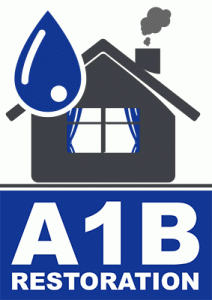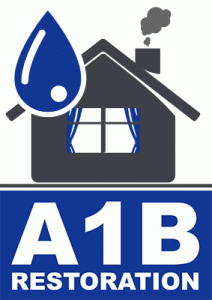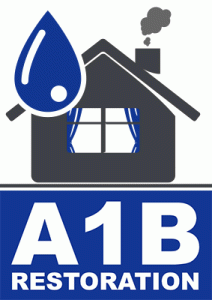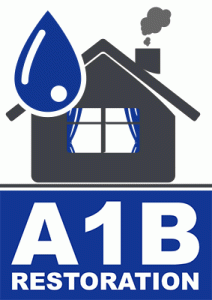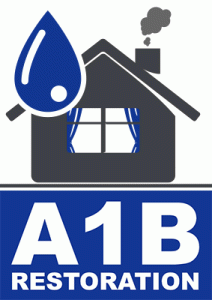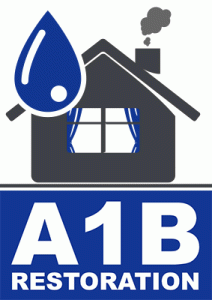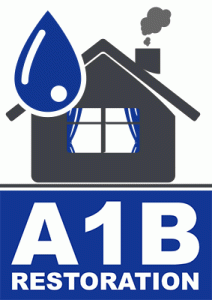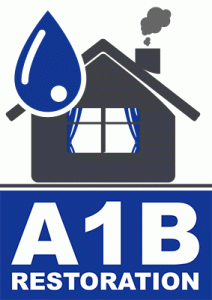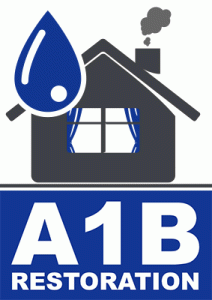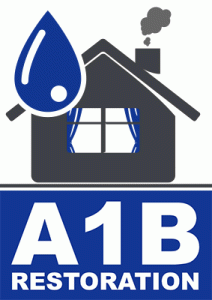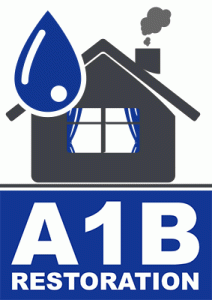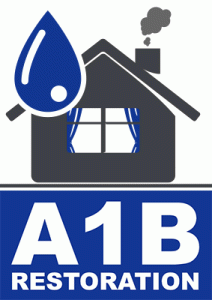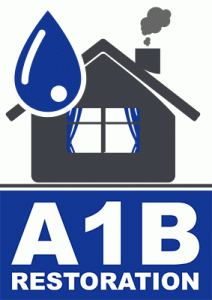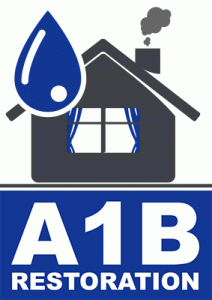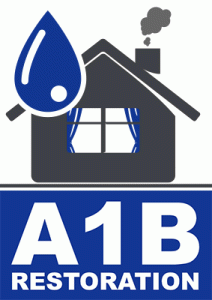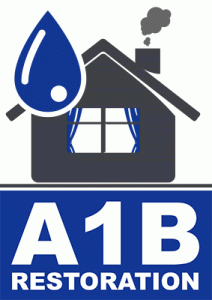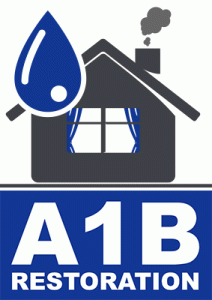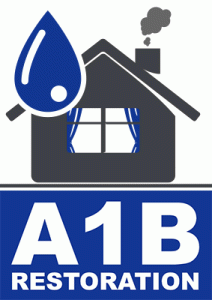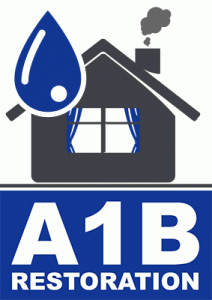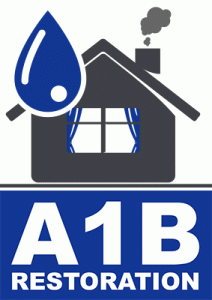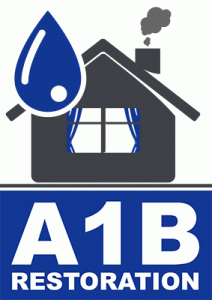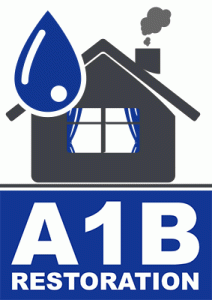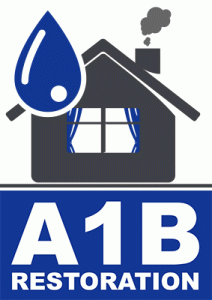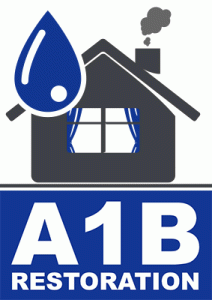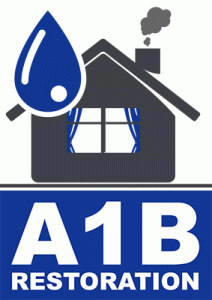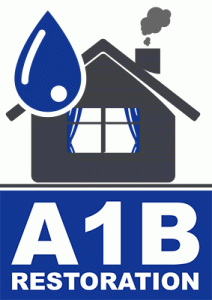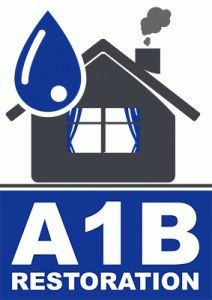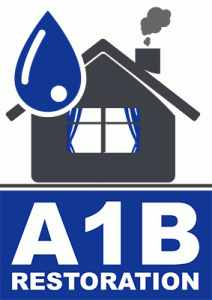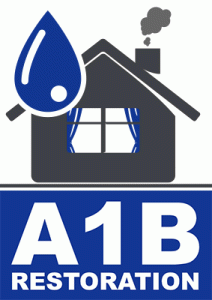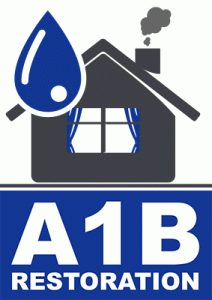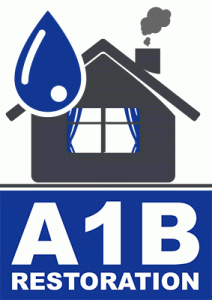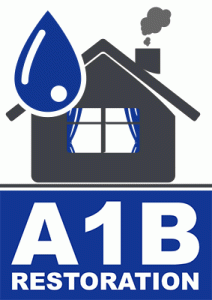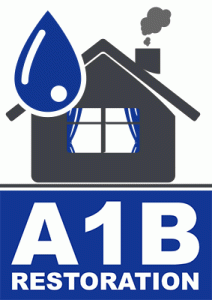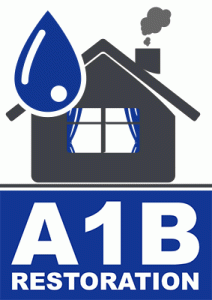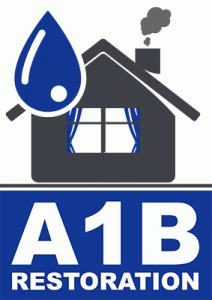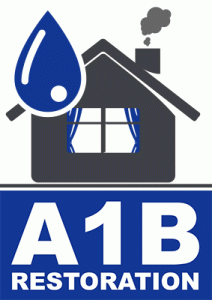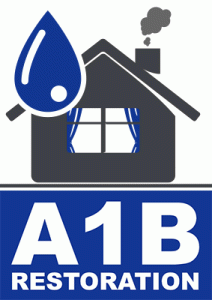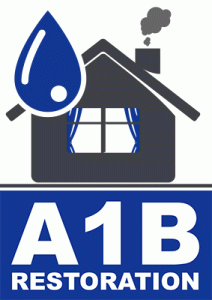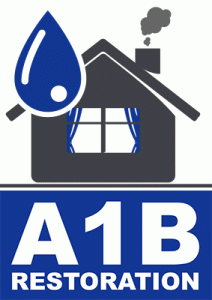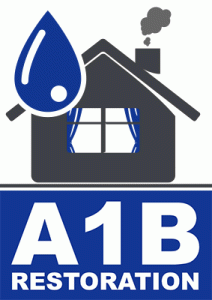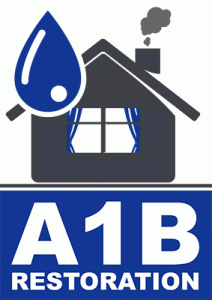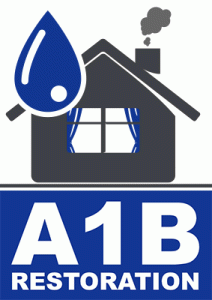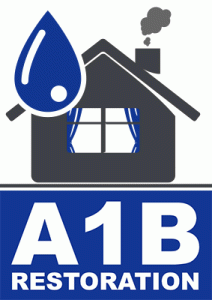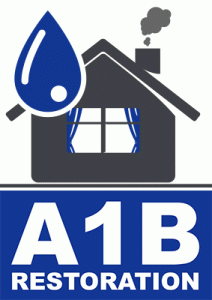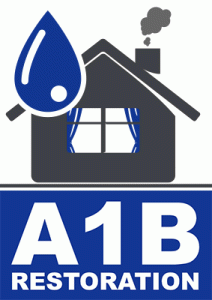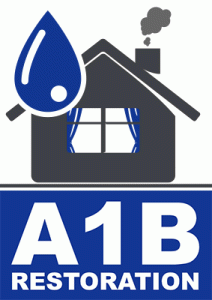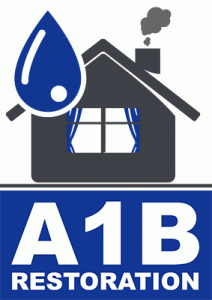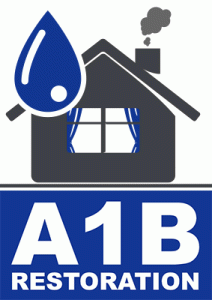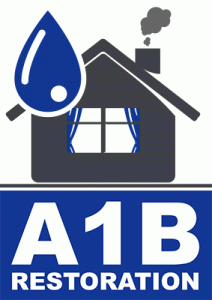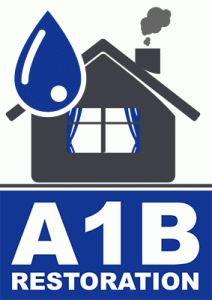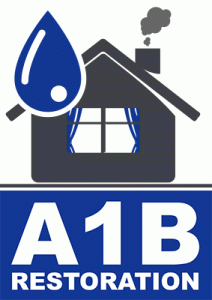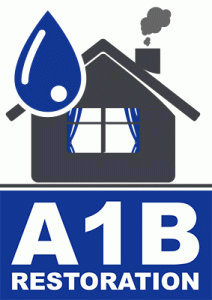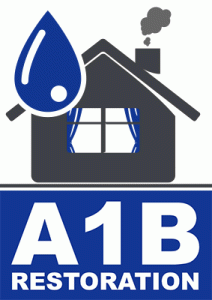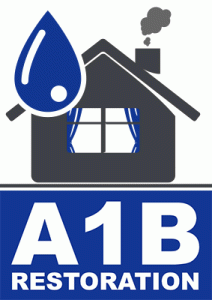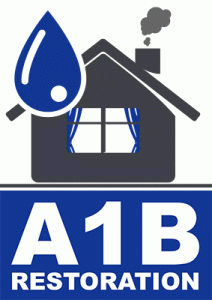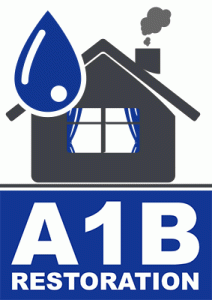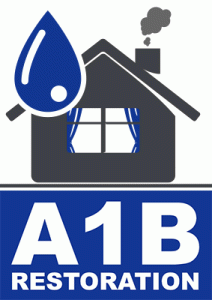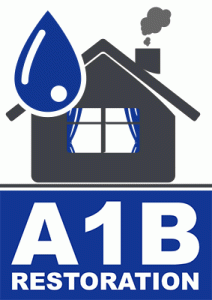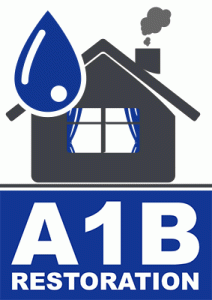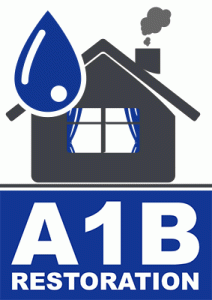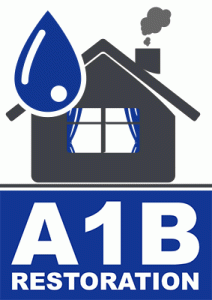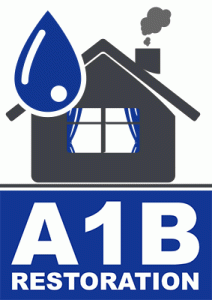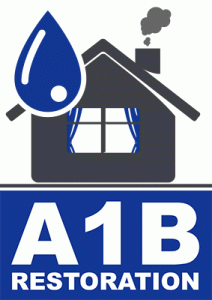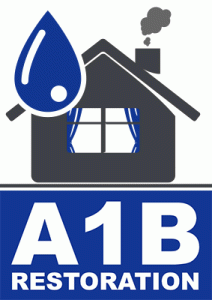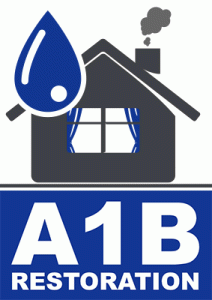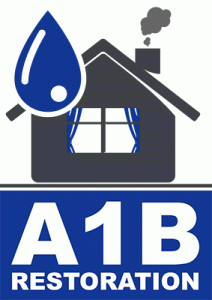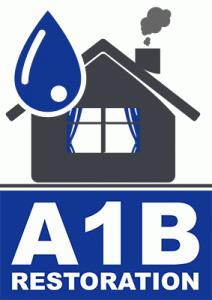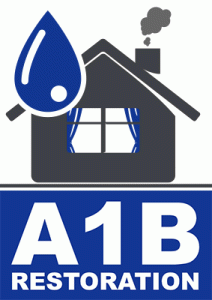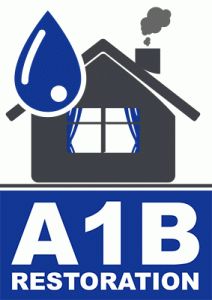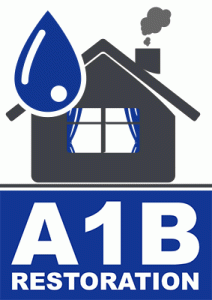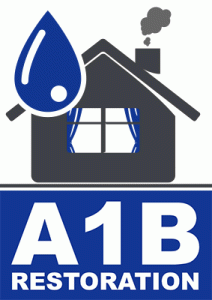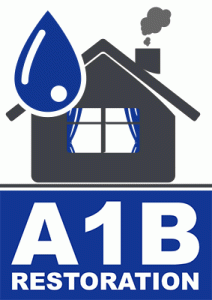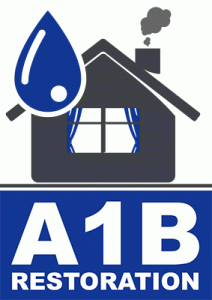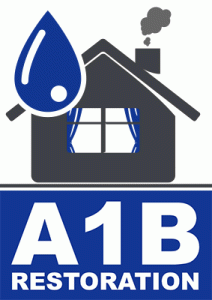How to Handle Water Damage in Multi-Family Housing
Water damage is a common issue in multi-family housing, causing significant financial and structural challenges. Whether it’s due to burst pipes, heavy rainfall, or faulty plumbing, water damage can lead to costly repairs, mold growth, and unhappy tenants. Understanding how to effectively address and prevent water damage is essential for property managers and owners. In this article, we will explore practical steps to manage water damage in multi-family housing, ensuring safe and habitable living conditions for residents.
Understanding the Impact of Water Damage
Water damage can have devastating effects on multi-family properties. According to a study by the National Flood Insurance Program, water damage is the second most common home insurance claim, accounting for over $2.5 billion in annual property losses. This highlights the importance of proactive measures to mitigate potential risks.
Common Causes of Water Damage
The primary causes of water damage in multi-family housing include:
- Leaking or burst pipes
- Faulty plumbing fixtures
- Roof leaks
- Clogged gutters
- Natural disasters like floods and hurricanes
The Consequences of Ignoring Water Damage
If left unaddressed, water damage can lead to severe consequences, such as:
- Mold growth, which can cause health issues for residents
- Structural damage, compromising the building’s integrity
- Increased repair costs and insurance premiums
- Tenant dissatisfaction and potential loss of rental income
Immediate Steps to Take After Water Damage
When water damage occurs, immediate action is crucial to minimize damage and prevent further complications. Here are the steps to follow:
1. Ensure Safety First
Before assessing the damage, ensure the safety of all residents. Turn off electricity and evacuate tenants if necessary. Safety should always be the top priority.
2. Identify the Source
Determine the cause of the water damage, whether it’s a leaking pipe or a natural disaster. Identifying the source will help in implementing the appropriate repair measures.
3. Document the Damage
Take photographs and make a detailed inventory of the affected areas and belongings. This documentation will be essential when filing insurance claims.
4. Notify Your Insurance Provider
Contact your insurance provider as soon as possible to report the damage. Provide them with the documented evidence to expedite the claims process.
5. Begin Water Removal and Drying
Start the water removal process using pumps and vacuums. Use dehumidifiers and fans to dry out the affected areas thoroughly. Quick drying is critical to prevent mold growth.
Preventing Future Water Damage
Preventive measures are essential to minimize the risk of future water damage in multi-family housing. Consider implementing the following strategies:
Regular Maintenance and Inspections
Conduct regular inspections of plumbing systems, roofs, and gutters. Schedule maintenance checks to identify potential issues before they escalate into significant problems.
Invest in High-Quality Materials and Fixtures
Use durable and water-resistant materials for construction and repairs. Opt for high-quality plumbing fixtures to reduce the risk of leaks and bursts.
Install Water Detection Systems
Consider installing water detection systems that alert property managers to leaks or water-related issues. Early detection can significantly reduce the extent of damage.
Educate Residents
Provide tenants with guidelines on how to identify and report potential water issues promptly. Encourage them to report leaks or unusual moisture immediately to prevent further damage.
Conclusion
Water damage in multi-family housing is a serious concern that requires immediate attention and strategic planning. By understanding the causes, taking prompt action, and implementing preventive measures, property managers and owners can protect their investments and ensure the safety and satisfaction of their tenants. Proactive management is key to minimizing the impact of water damage and maintaining a safe living environment for all residents.
Remember, when dealing with water damage, time is of the essence. Act quickly, document thoroughly, and prioritize safety to address the issue effectively.
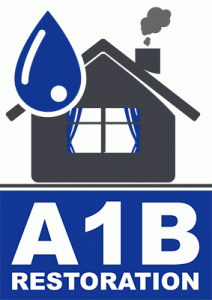
water remediation company near me Arlington Texas
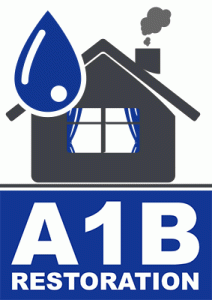
Flower Mound Texas disaster restoration companies
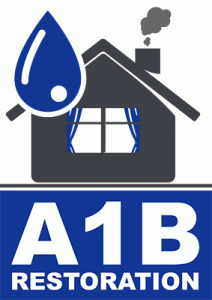
emergency water damage restoration Rockwall Texas
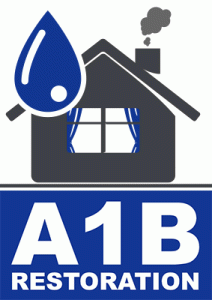
Southlake Texas restoration water damage companies
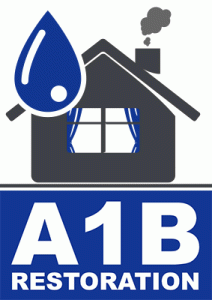
best water damage restoration near me Wylie Texas
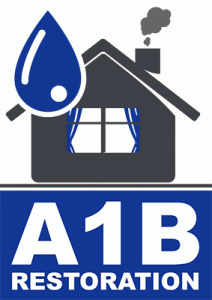
best water damage restoration near me Carrollton Texas
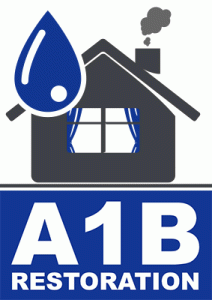
water damage and restoration companies Frisco Texas
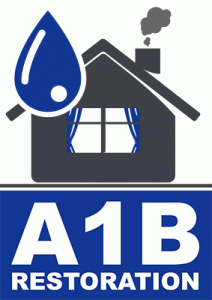
water remediation company near me Colleyville Texas
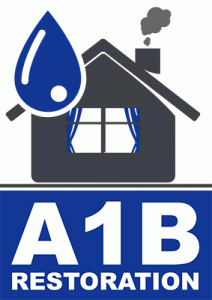
water remediation company near me Cedar Hill Texas
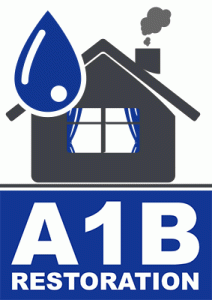
water damage restoration service Carrollton Texas
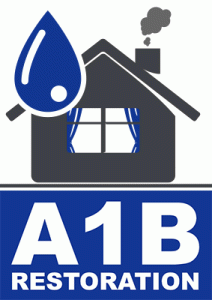
water damage restoration services near me Irving Texas
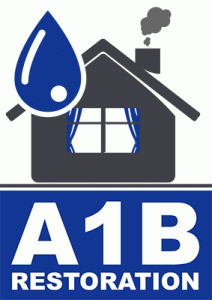
Lake Highlands Dallas Texas water cleanup service near me
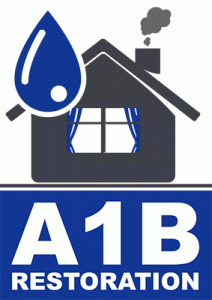
Sachse Texas water damage restoration service near me
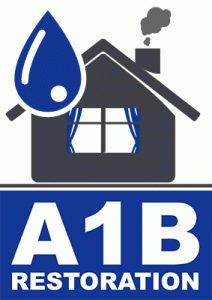
McKinney Texas water damage restoration service near me
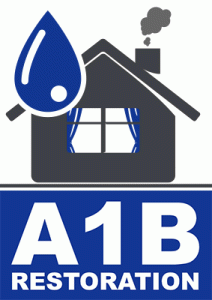
Preston Hollow Dallas Texas water restoration companies
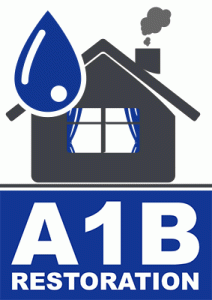
Cedar Hill Texas water extraction company near me
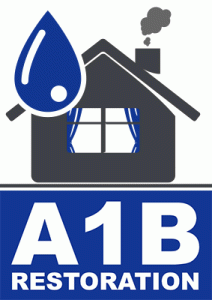
Carrollton Texas restoration water damage companies
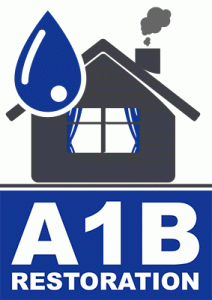
Plano Texas water damage restoration service near me
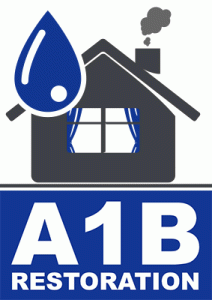
Lake Dallas Texas water damage restoration near me
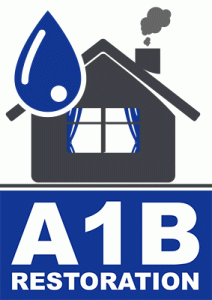
Keller Texas water damage restoration service near me
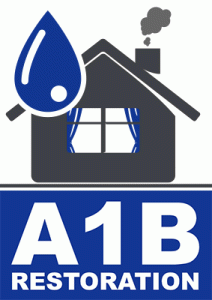
Royse City Texas water damage restoration service near me
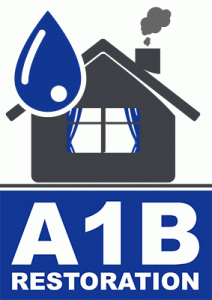
Dallas TX water damage restoration companies near me
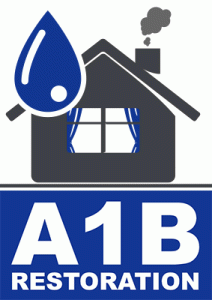
Carrollton TX water damage restoration companies near me
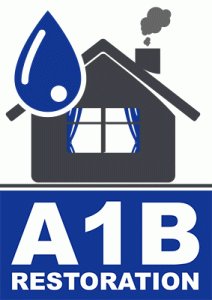
Cedar Hill TX water damage restoration companies
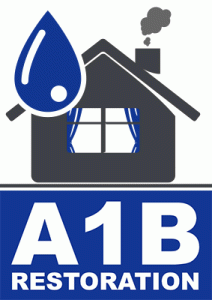
Cedar Hill TX water damage restoration companies near me
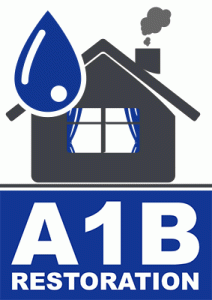
Frisco TX water damage restoration companies near me
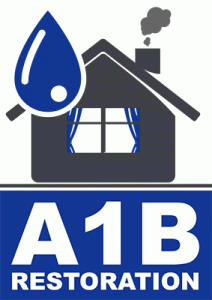
Little Elm TX water damage restoration companies
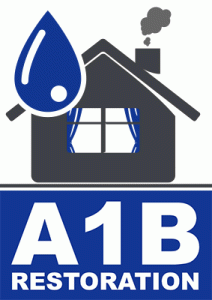
Lucas TX water damage restoration companies near me
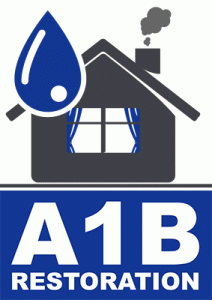
Preston Hollow Dallas TX emergency water damage cleanup
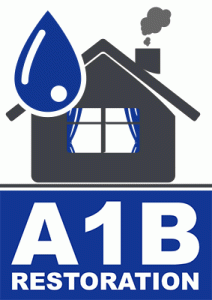
water restoration companies near me Coppell Texas
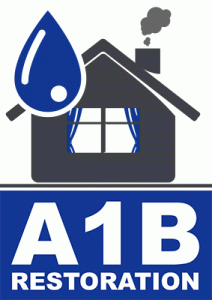
residential water damage restoration Duncanville Texas
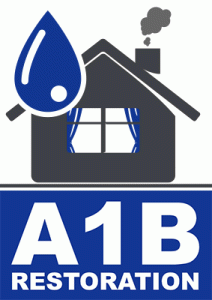
water damage and restoration companies North Richland Hills Texas
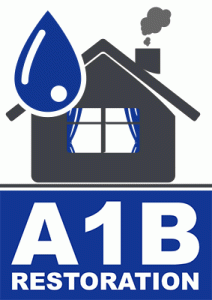
water damage companies near me Preston Hollow Dallas Texas
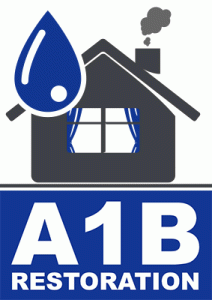
water damage companies near me Lakewood Dallas Texas
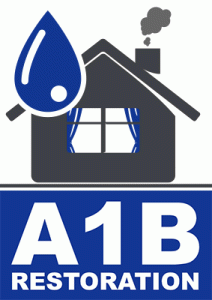
restoration company water damage Cedar Hill Texas
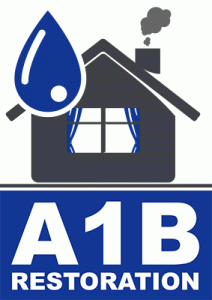
residential water damage restoration Cedar Hill Texas
